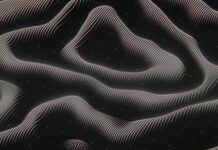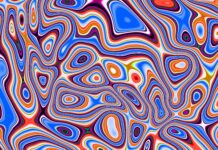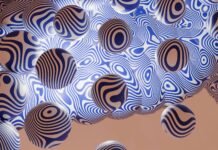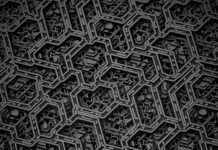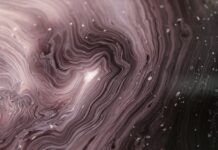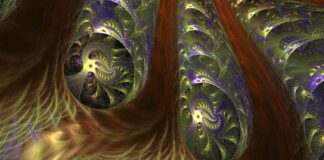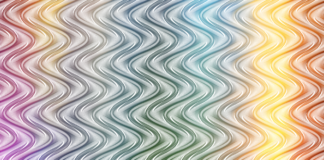In today’s creative industry, there is growing interest in how artificial intelligence is reshaping visual storytelling, particularly in fashion. One of the most important areas to study is AI in the Fashion photography tips. Understanding AI in the Fashion photography tips is not just about technology—it’s about how tools and workflows are changing the creative process. Whether you’re a professional photographer, a stylist, or simply someone who loves the craft, exploring AI in the Fashion photography tips can help you stay ahead of industry trends, sharpen your skills, and create more impactful work. This article dives deep into the ten must-know facts about this revolution and explains how you can practically apply them.
1) AI is Transforming Creative Concept Development
Fashion shoots begin with a concept, and AI is dramatically shortening the time it takes to create strong ideas. Mood boards, visual references, and theme generation are now easier thanks to AI tools that can synthesize prompts into curated looks. For example, inputting “luxury streetwear, neon city lights, reflective fabrics” can instantly produce mood concepts that inspire creative direction. Photographers no longer need weeks of brainstorming; they can focus more energy on execution.
2) Casting Models and Faces is Becoming Data-Driven
AI can analyze thousands of model profiles and suggest the best fits based on brand identity, campaign goals, and target demographics. Beyond physical looks, AI systems evaluate reach, engagement, and even diversity representation. This ensures casting aligns not just with aesthetic needs but also with audience expectations. For fashion photography tips, this means the right faces are chosen quicker and with greater accuracy.
3) Smarter Shot Lists and Workflow Optimization
AI isn’t only for inspiration—it’s also for logistics. By analyzing creative briefs and wardrobe pieces, AI generates structured shot lists that account for lighting, outfits, timing, and platform needs. No more guessing which frames are essential. From Instagram Reels to lookbook spreads, AI ensures all deliverables are covered efficiently.
4) Lighting Simulation Before the Shoot
Lighting is critical in fashion, and AI now allows photographers to test setups virtually before renting gear. Simulations can show how silk, leather, or sequins will react to different lighting ratios. This reduces trial and error on set and ensures more consistent results. By pre-visualizing light behavior, photographers can save time, money, and energy during production.
5) AI Helps with Wardrobe Coordination and Continuity
Fashion is storytelling, and clothes need to align seamlessly. AI can evaluate a collection’s colors, textures, and fabrics to make sure outfits flow. It can also prevent mistakes, like pairing clashing hues or mismatched accessories. For fashion photography tips, this is essential: a visually cohesive wardrobe creates stronger campaigns and more impactful visuals.
6) Pose Guidance and On-Set Efficiency
Directing models can sometimes be time-consuming. AI tools now generate pose libraries tailored to body types, garment structures, and campaign moods. This prevents repetition and saves time during shoots. A simple AI-generated board can suggest hand placement, garment flow, or movement ideas—helping models deliver fresh looks faster.
7) Camera Settings and Lens Choices Made Smarter
AI systems can recommend technical settings based on the scene. For example, they may suggest fast shutter speeds for flowing fabrics, shallow depth for detail shots, or wide lenses for editorial spreads. This allows even newer photographers to start with optimized setups, while professionals benefit from refined consistency.
8) Retouching is Faster and More Ethical with AI
One of the biggest changes is in post-production. AI-powered retouching tools can remove distractions while preserving authenticity. They clean up lint, smooth fabric folds, and balance skin tones without making subjects look unnatural. This ensures ethical standards while still producing polished, professional results.
9) Backgrounds and Set Extensions Expand Creative Options
Gone are the days of limited sets. AI can replace backgrounds, extend sets, or build immersive environments digitally. A simple studio shot can be transformed into a Paris street or futuristic runway while keeping shadows, lighting, and tones consistent. This expands creative freedom without the high cost of travel or complex sets.
10) SEO, Distribution, and Content Personalization with AI
The final stage of photography—distribution—benefits immensely from AI. Tools now optimize metadata, alt text, captions, and filenames for search engines. This ensures your images are discoverable online, boosting engagement and sales. AI can also tailor content formats for different platforms, from TikTok to e-commerce sites, ensuring maximum impact for each audience
Conclusion
The fashion world is entering a new era where creativity and technology meet. AI in the Fashion photography tips is not just a trend but a permanent shift in how professionals work. From concept ideation and model casting to retouching and SEO optimization, AI streamlines every step of the workflow. The ten must-know facts discussed here demonstrate how vital it is for photographers to adopt and adapt. By using AI as an assistant rather than a replacement, you can elevate your art, serve clients more effectively, and remain at the forefront of this fast-evolving industry.
If you want your images to stand out in an increasingly crowded digital world, now is the time to embrace AI in your fashion photography journey.




